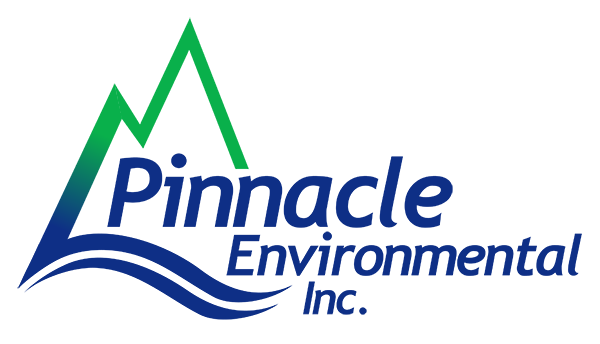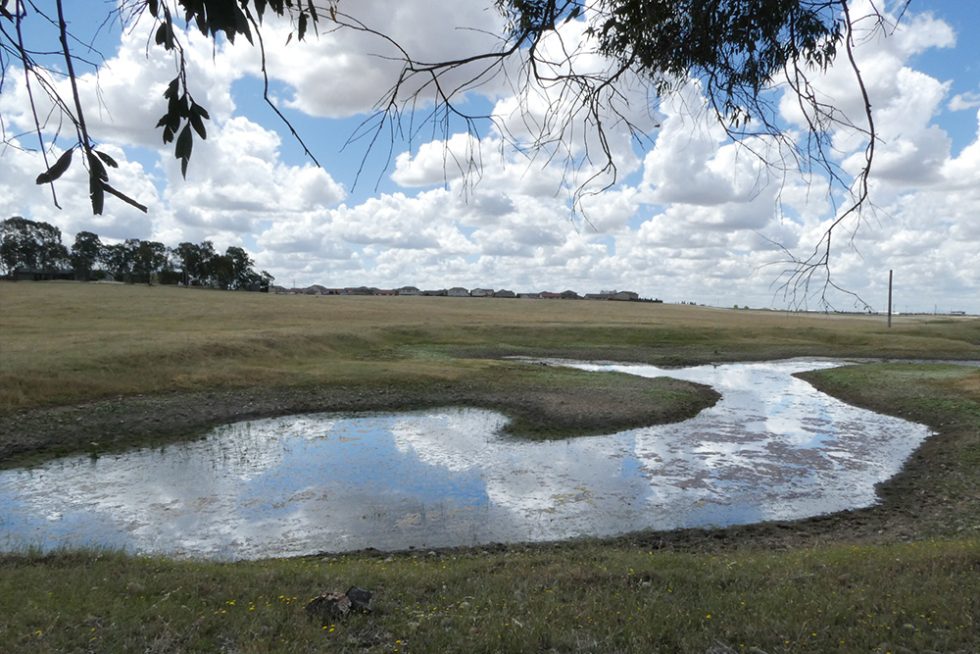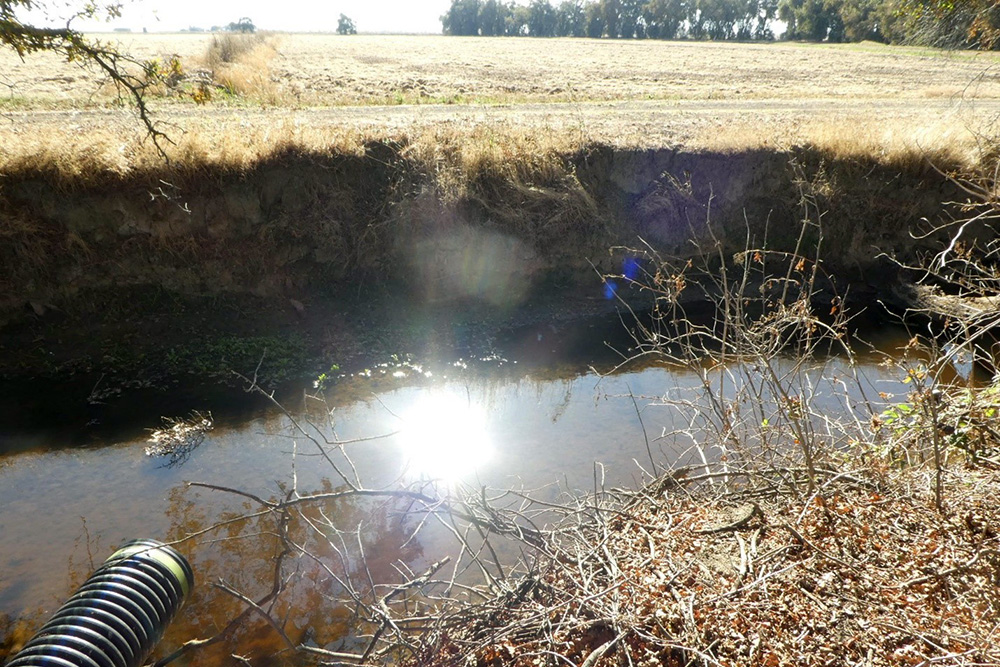National Pollutant Discharge Elimination System
National Pollutant Discharge Elimination System (NPDES) Permitting
The National Pollutant Discharge Elimination System (NPDES) is a permit program authorized by the Clean Water Act that regulates point sources of pollutants that discharge into the waters of the United States. These permits set limits on the amount of pollutants discharged and also require facilities to monitor and report their discharges and implement measures to reduce or eliminate their pollution. The NPDES permit program is managed by the Environmental Protection Agency (EPA) and implemented by state agencies or other authorized entities.
What is the process to get a NPDES permit?
The specific process and requirements for obtaining an NPDES permit can vary between states and regions. However, the process typically involves the following steps:
-
- Determine Applicability: Identify if your facility or activity requires an NPDES permit by assessing if it falls under the regulated categories defined by the Clean Water Act, such as industrial dischargers, municipal wastewater treatment plants, or construction sites exceeding certain thresholds.
- Application Submission: Prepare and submit an application to the appropriate regulatory authority (usually the state environmental agency or the EPA, depending on the jurisdiction). The application should include information about the facility’s operations, discharges, pollutant monitoring plans, and proposed pollution control measures.
- Review and Evaluation: The regulatory authority reviews the application and evaluates its compliance with applicable regulations and water quality standards. This may involve a detailed examination of the proposed pollution control measures, monitoring plans, and the potential environmental and health impacts of the discharge.
- Public Notice and Comment: Depending on the specific requirements of the jurisdiction, there may be a public notice period during which interested parties can review the permit application and provide comments or raise concerns about the proposed activities or potential impacts.
- Permit Issuance: Once the review process is complete, the regulatory authority issues the NPDES permit if all requirements are met. The permit will specify the authorized pollutant limits, monitoring requirements, reporting obligations, and any additional conditions or controls that need to be implemented.
- Compliance and Monitoring: The permittee is responsible for implementing the pollution control measures outlined in the permit, conducting regular monitoring of discharges, and submitting reports to the regulatory authority as specified in the permit. Compliance inspections and monitoring by the regulatory authority may also occur periodically.
- Permit Renewal and Modification: NPDES permits have a set duration, often five years. Permittees need to initiate the renewal process well in advance to maintain continuous coverage. If there are changes in facility operations or if modifications to the permit are required, permittees must seek permit revisions or modifications as necessary.
What types of facilities are required to have an NPDES Permit?
Facilities that discharge pollutants from point sources may be required to obtain an NPDES permit. These facilities include:
-
- Industrial facilities: These include manufacturing facilities, oil and gas operations, mining operations, and food processing facilities, among others.
- Municipal wastewater treatment plants: These facilities treat sewage and other wastewater before discharging it into nearby water bodies.
- Stormwater runoff from construction sites and urban areas: Construction sites and urban areas can generate significant amounts of stormwater runoff that can contain pollutants such as sediment, oil and grease, and nutrients.
The specific requirements for obtaining an NPDES permit vary depending on the type and size of the facility, as well as the pollutants being discharged and the location of the discharge. In some cases, states may also have their own permitting programs that are authorized by the EPA.
What concerns are the NPDES system designed to mitigate?
The goal of NPDES permits is to regulate and mitigate the discharge of pollutants into U.S. waters, protecting the environment and safeguarding public health. Some of the primary concerns that NPDES permits address include:
-
- Water Pollution: NPDES permits are primarily focused on controlling and reducing water pollution. They set limits on the types and quantities of pollutants that can be discharged into rivers, lakes, streams, and other water bodies. This helps prevent contamination of water resources, preserving their quality for various uses such as drinking water, aquatic life, and recreation.
- Toxic Substances: Permits target the release of toxic substances into water bodies. These can include heavy metals, chemicals, pesticides, and other hazardous materials that can have detrimental effects on aquatic ecosystems, wildlife, and human health. By regulating and monitoring the discharge of such substances, NPDES permits aim to minimize their harmful impacts.
- Eutrophication: Excessive nutrient discharge, particularly nitrogen, and phosphorus, can lead to eutrophication. This process causes an overgrowth of algae and aquatic plants, leading to oxygen depletion and the death of aquatic organisms. NPDES permits often include measures to control nutrient discharges, especially in areas prone to eutrophication.
- Sedimentation: Sediment runoff from construction sites, agriculture, and other land-disturbing activities can contribute to water pollution and habitat degradation. NPDES permits may include erosion and sediment control measures to prevent excessive sedimentation, which can harm aquatic ecosystems, reduce water clarity, and disrupt aquatic life.
- Pathogens and Contaminants: Discharges from wastewater treatment plants, industrial facilities, and other sources may contain pathogens (bacteria, viruses, parasites) and contaminants (such as pharmaceuticals and chemicals) that can pose risks to human health and aquatic life. NPDES permits often require appropriate treatment and monitoring to ensure the protection of water quality and public health.
- Habitat Destruction: Some activities, such as dredging, fill operations, and stream channel alterations, can destroy or degrade critical habitats for fish and other aquatic species. NPDES permits may incorporate measures to mitigate the impacts of such activities and protect sensitive habitats.


